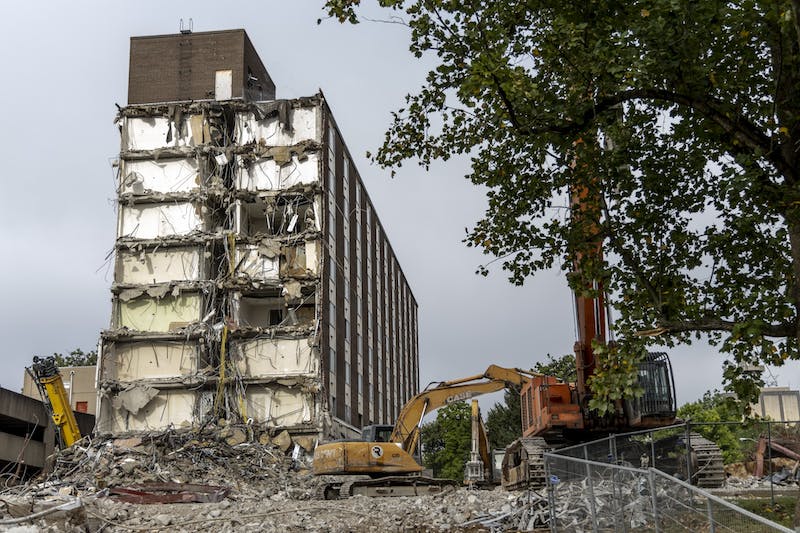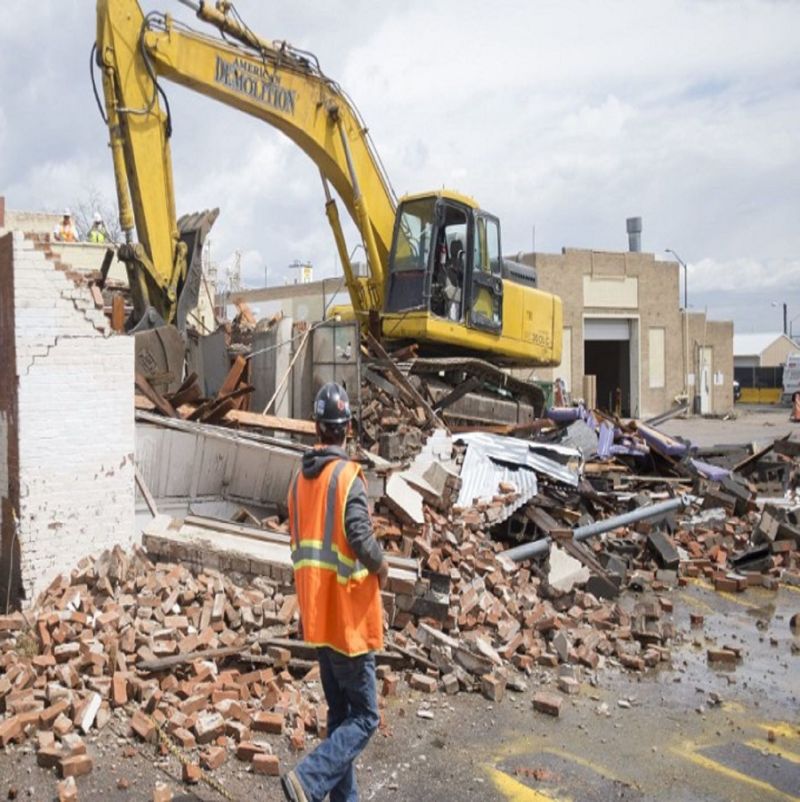
The final cost to remove concrete from your home or business depends on several factors. These factors include labor costs, size of the work area, and equipment needed. Hiring a professional is a good idea to get accurate estimates. This will ensure that your home is not damaged during the removal process and that you can concentrate on other projects.
Concrete removal costs can range from $2 per square feet to $6 per sq. foot. The cost of concrete removal depends on how large the area is and what materials are used to break it up. The labor portion of the cost of removing concrete will be higher for thicker slabs. In areas that are difficult or impossible to reach, the labor cost will be higher. You will also have to pay disposal fees.

There are many common materials that can be used to break down concrete, including jackhammers and pry bars as well as sledgehammers and heavy equipment. The time taken to complete the work will depend on what equipment you use. The process of removing concrete faster will be made possible by using heavy machinery. However, the price will be more expensive than if you choose to do it manually. You will need to find a concrete demolition company that can use the right equipment for your project.
The labor portion of the cost of removing cement can range from zero to $500. The work involved and the amount of time required to complete the job will affect the cost. It will be more laborious and costly to do the work by yourself. The cost of renting a jackhammer, or any other heavy equipment, can be significantly lower. In addition, you will need to hire an expert to perform the demo and to make sure the job site is cleaned up afterward.
Another important factor that can impact the cost of removing concrete is the size of the slab. If the concrete is large, you will need to hire a service that has the proper equipment. You will also need to consider the cost of where you are going to be placing the concrete. For instance, if you live on a mountain, the cost of concrete may be higher because you will need to climb over it.
Concrete's recyclable status is another factor that can affect the cost of concrete removal. If concrete isn't recyclable, you will need to pay disposal costs. If you are able to recycle the concrete, you may be able to save money. The CMRA, Concrete Materials Recycling Association, is a non-profit that lists all the recycling centers in the country.

Concrete can cost from hundreds to thousands. This can vary from region to region and even zip code to zip code. It is always better to receive a written quote before hiring a service. This will allow you to compare various quotes and make informed decisions.
FAQ
Is it better to finish floors or walls first?
The best way of starting any project is to determine what you want. It's important to think about how you are going to use the space, who will use it and why they need it. This will help you decide if you should go for flooring or wall coverings.
If you have decided that you want to create an open plan kitchen/living area then you may choose to install flooring first. Wall coverings are an option if you prefer to keep this space private.
How much does it set you back to renovate your house?
Renovations cost typically $5,000 to $50,000. Renovations are typically a major expense for homeowners, with most spending between $10,000 and $20,000
Is there any way to save money when renovating my home?
By doing all the work yourself, you can save money. One way to save money is to try and reduce the number people who are involved in the remodeling process. Another option is to try to lower the cost of the materials you use in your renovations.
How do you renovate a house with no money?
If you are looking to renovate a house with no money, here are some steps:
-
Create a budget plan
-
Learn what materials are needed
-
Decide where to put them
-
Make a list with the items you need to purchase
-
Determine how much money you have
-
Plan your renovation project
-
Start to work on your plans
-
Do some online research
-
Ask friends and family to help
-
Get creative
Statistics
- Most lenders will lend you up to 75% or 80% of the appraised value of your home, but some will go higher. (kiplinger.com)
- According to the National Association of the Remodeling Industry's 2019 remodeling impact report , realtors estimate that homeowners can recover 59% of the cost of a complete kitchen renovation if they sell their home. (bhg.com)
- They'll usually lend up to 90% of your home's "as-completed" value, but no more than $424,100 in most locales or $636,150 in high-cost areas. (kiplinger.com)
- On jumbo loans of more than $636,150, you'll be able to borrow up to 80% of the home's completed value. (kiplinger.com)
- ‘The potential added value of a loft conversion, which could create an extra bedroom and ensuite, could be as much as 20 per cent and 15 per cent for a garage conversion.' (realhomes.com)
External Links
How To
How do you renovate an old house?
First, you need to decide what kind of renovation you want. This could be as simple as updating your kitchen equipment or completely renovating your entire home.
Once you have decided what type of renovations you want to undertake, the next step is to determine how much money it will cost. You might find that you don't actually have enough funds to cover the full cost of the entire project. If this happens, you might need to make difficult decisions about which areas in your home you can afford to upgrade and which ones to keep the current budget.
Before you start work on your renovations, there are a few things you should consider. You must ensure you have all the permits needed for the job. You might also need to check whether you need planning permission for certain types or work. To add extensions to your home or make other changes, you might need building consent.
Before you start working on the house, it's always best to check the local council website to see if they require any additional permits. Make sure you check whether each section of the house needs to be given planning permission. If you plan to do major renovations, such as replacing a roof, it is advisable to consult your insurance provider to ensure that you have sufficient coverage.
After obtaining all permits, the next step is to select the right tools and materials. There are many different options available, so it's important to take your time to research them thoroughly. Paint, wallpaper paste, carpets and tiles are some of the most commonly used items in renovations.
You should consider the product's overall quality when shopping for these items. Low quality products are more likely to be thrown away after a while, while high-quality products last for a longer time and offer better value. When buying anything, it's important that you buy the right amount for the job. Don't purchase too much as it can lead to waste of resources and the need for a lot of material. You should instead buy only what you really need.
After you've selected the right materials for your job, you should plan where to store them while working on the property. If you're renovating a large area of the house, then you might need to rent storage space in order to keep all your supplies safe until you're ready to put them back inside the house. Alternatively, you could ask family members or friends to help you move all the items around.